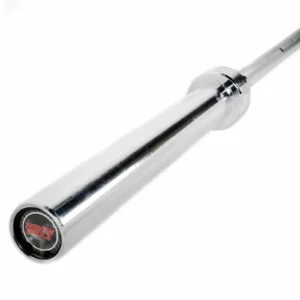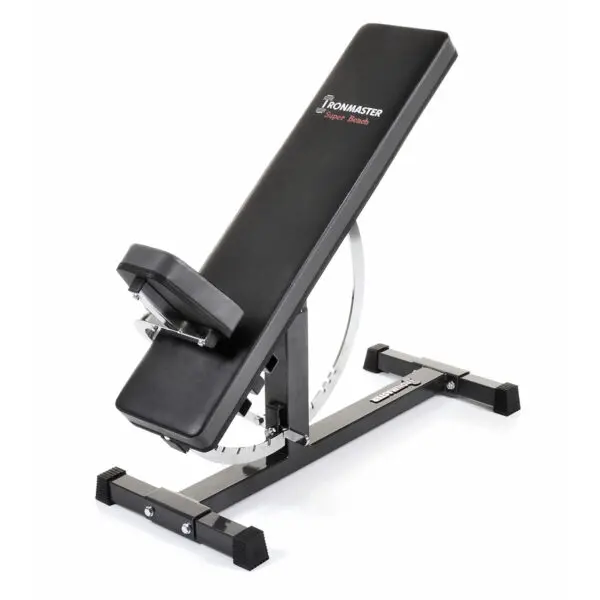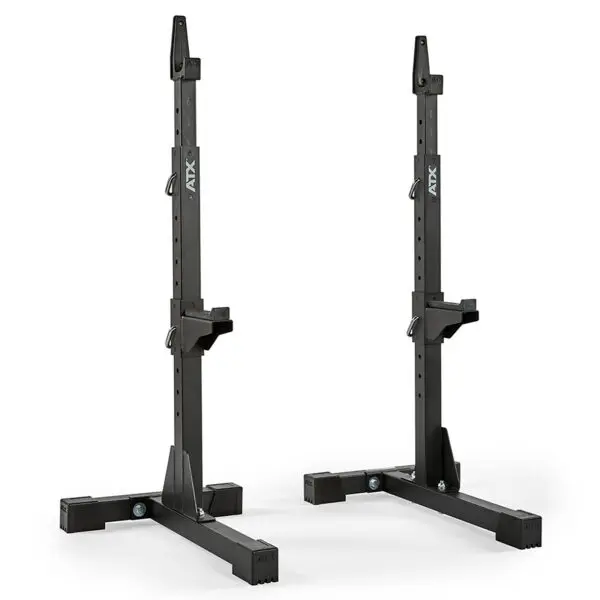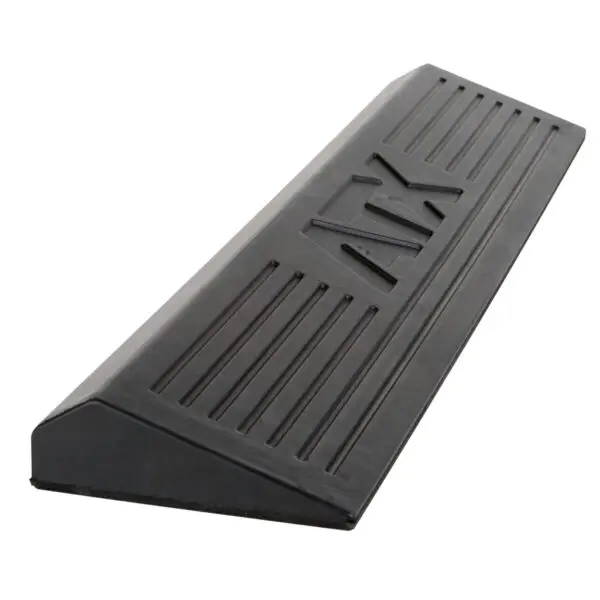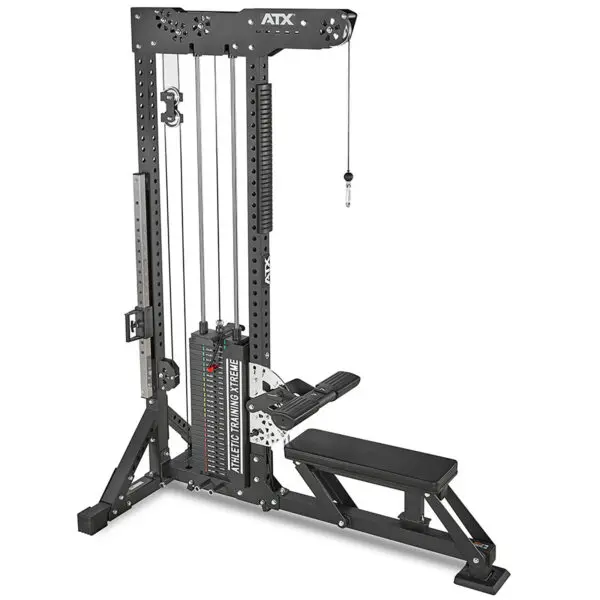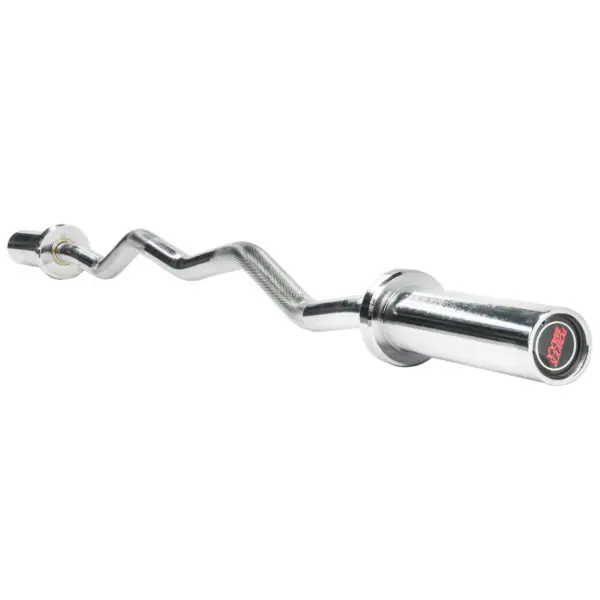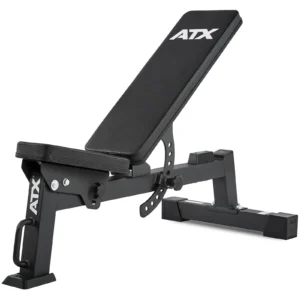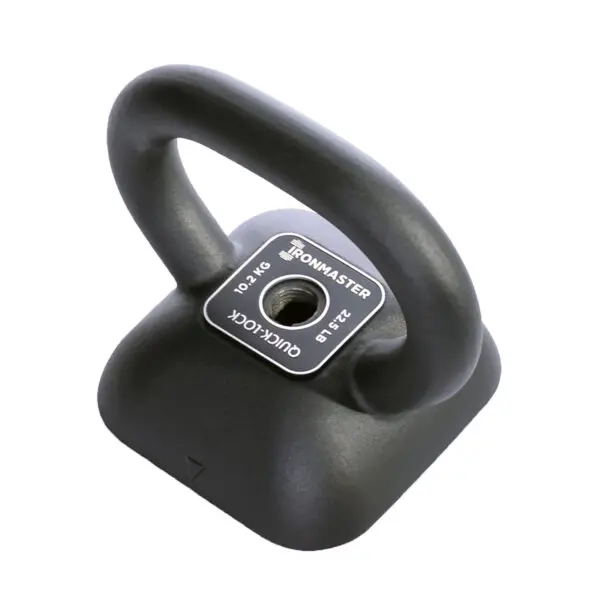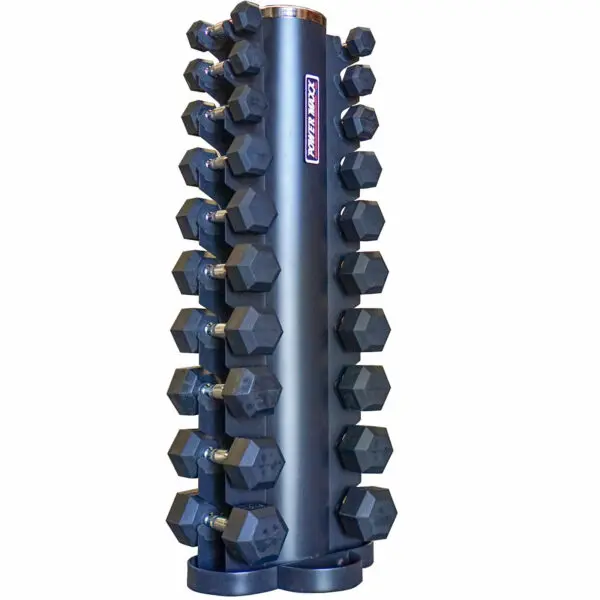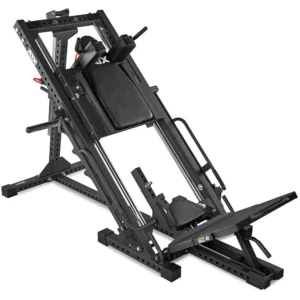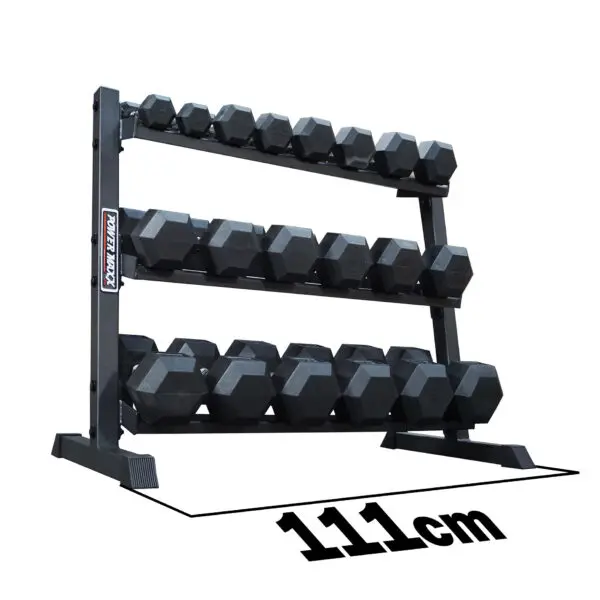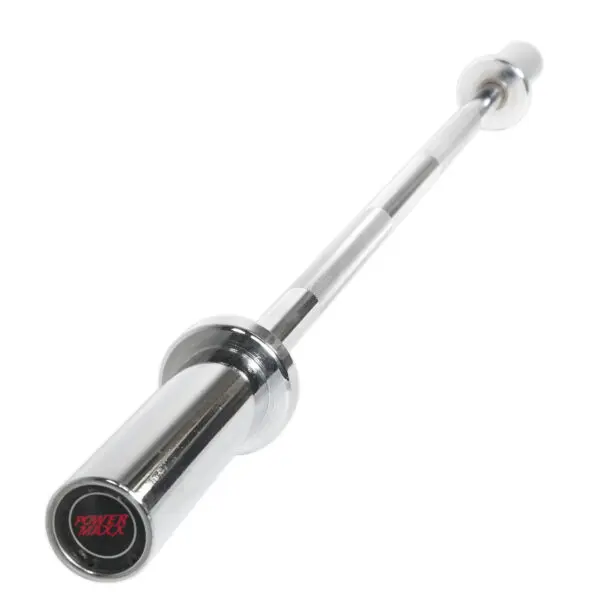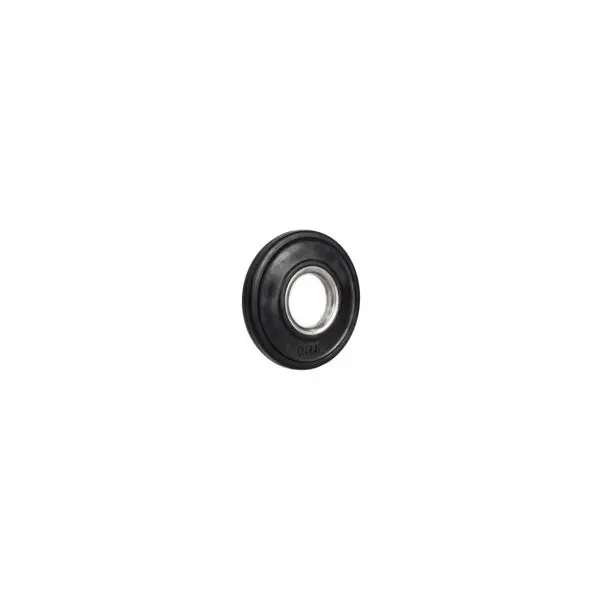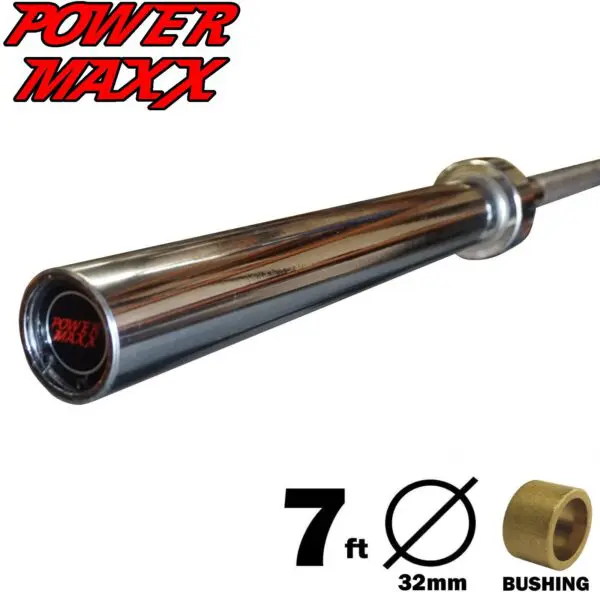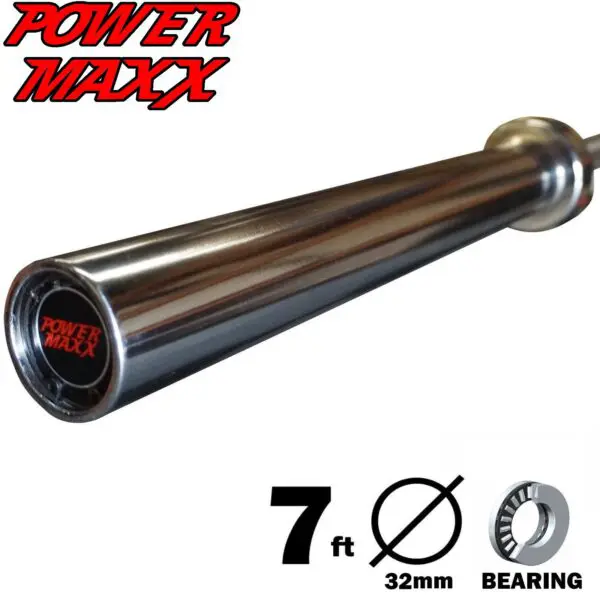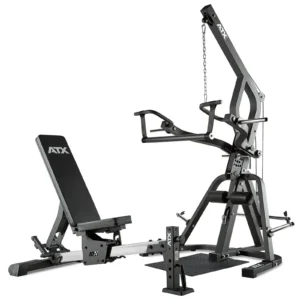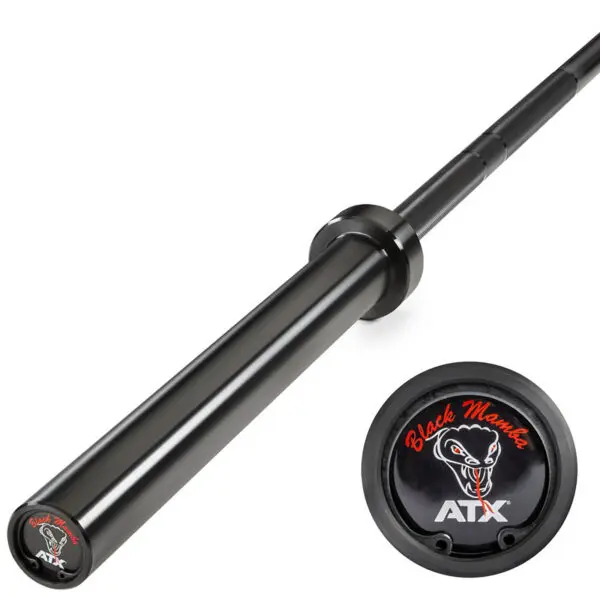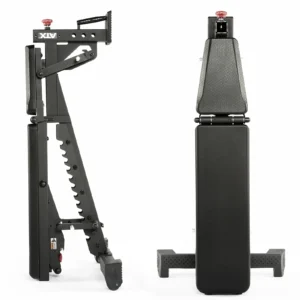
 WEIGHT LIFTING Exercises and Routines for Muscle
WEIGHT LIFTING Exercises and Routines for Muscle
Workout Programs To Get Stronger and Burn Calories

Best Equipment for Weight Lifting
-
Ironmaster Super Weights Bench
$595.00Add to cart -
ATX® Squat Stands 510
$395.00Read more -
ATX® Squat Block
$45.00Add to cart -
ATX® Trinity Tower 135 kg
$3,775.00Add to cart -
ATX® Flat Incline Bench 610
$495.00Add to cart -
Ironmaster Adjustable Kettlebell Handle
$119.00Add to cart -
1-10kg Rubber Hex Dumbbell Set
$658.00Add to cart -
ATX® Leg Press/Hack Squat 4in1 Combo
$3,950.00Add to cart -
1kg to 20kg Rubber Hex Dumbbells
$1,301.00Add to cart -
Power Maxx 2.5 kg – 25 kg Rubber Hex 10 Pair Dumbbell Set with Compact 3 Tier Rack
$1,327.50Add to cart -
0.5kg Olympic Weight Plate
$3.00Add to cart -
ATX® Triplex Multi Gym
$2,395.00Read more
Frequently Asked Questions

 Why should I do weight lifting?
Why should I do weight lifting?
We lose muscle as we age. It’s a sad fact of life. When we lose muscle, we lose strength and everything else becomes harder.
Lifting weights isn’t just for gym junkies. There’s plenty of benefits such as getting stronger, reducing injuries, losing fat, reducing arthritis, plus also increasing your balance, stability and flexibility.
In fact, studies have shown that weight training has many benefits ranging from preventing cancer to improving your balance. When it comes to planning your weight lifting routine, you need to first decide exactly what your goals are.

 How much weight should I lift when I'm just starting out?
How much weight should I lift when I'm just starting out?
I always tell beginners to take it easy on their first day of weight training. That doesn’t mean you shouldn’t push yourself, but you certainly don’t want to pull a hammy trying to impress your buddies if you’ve never lifted weights before.
Before you choose how much weight to lift, you need to think about the number of reps you’ll be doing. You don’t want it to be too easy—this isn’t Saturday night at the bowling alley—you want to struggle by the last rep.
If you’re going for 12 reps instead of 6, reduce your weights. If you feel pain during your reps, slow down and reduce the weight.

 What are some weight lifting exercises?
What are some weight lifting exercises?
Next, let’s get into some weight lifting exercises. As I said before, it’s up to you to decide whether you want to target specific muscles or go for a full-body training. Both have their own perks. You can build strength and muscle much faster if you do isolation exercises, but you can burn more calories and lose weight faster with full body workouts.
- The Dumbbell Chest Fly, as you can probably guess, targets your chest muscles. Start by lying down on a flat bench. Make sure the bench supports your head, back, and buttocks. Keep your feet flat on the floor. Hold a dumbbell in each hand (between 2 and 5 pounds is just fine). Push your arms up and fully extend them, palms facing one another. Keep your wrists and elbows straight. The weights should be aligned with your shoulders. Lower your arms sideways until the weights are along your nipple line. You may slightly bend your elbows. Pause and then lift your arms again to go back to the original position.
- The Dumbbell Overhead Triceps Extension works your—you guessed it—triceps. Begin by standing with your feet about shoulder-width apart. Hold a dumbbell in one hand. Lift the arm carrying the dumbbell, bend your elbow and place the dumbbell behind your head. Lower the dumbbell behind your neck to stretch your triceps. Pause, then fully extend your arm so the dumbbell is right above your head to squeeze your tricep. Try not to hit your head with the dumbbell. Switch sides after 10 to 15 reps.
- The Dumbbell Shoulder Press targets your shoulders, triceps and upper back. If you do this exercise while standing up, you can also work on your core. But if you’re a beginner who needs extra support, you may do this exercise while sitting on a chair with enough back support so you won’t topple over. Keep your feet flat on the ground. Hold a dumbbell in each hand, palms facing forward. Your upper arms should be parallel to the floor and your forearms in a vertical position to form a 90-degree angle. Push the weights upwards until you’ve straightened your arms. Your palms should face forward throughout the exercise. Hold for a second and then bring them back to the starting position.
Now that we’re done with some upper body weight lifting exercises, let’s move onto those legs.
- The Single-Leg Squat is great for blasting your calves, buttocks and quadriceps. It’ll burn more calories quicker than if you spend a night wandering through the Outback. Start by standing with your legs shoulder-width apart and your arms raised in front of you, about as high as your shoulders. Keeping both knees straight, lift your left leg in front of you and squat. Don’t let your left foot touch the floor. Push yourself up to go back to the starting position then switch legs.
This one is tricky because it also tests your balance. If you need to hold on to an object for support, that’s no problem.

 Is proper nutrition for weight lifting important?
Is proper nutrition for weight lifting important?
You can’t build your muscles without the proper nutrition. It’s just not possible. To get the best results from weight lifting, you need to know what to put into your body and what to put your body through.
You need to know the basics of nutrition before you come up with a diet plan. Your body needs the right amount of carbs, fat and protein to go about its daily business without a hitch. The general recommendation is that athletes need at least 1.2 to 2 grams of protein per kilogram of their bodyweight and between 6 to 10 grams of carbs per kilogram of their bodyweight every day. How much fat you need is a bit more tricky, but it’s best to keep it lean and plant-based.
When it comes to the amount of calories you need, using a calorie calculator to work this out can help. You can also ask a dietitian to run the numbers for you.
When you are planning your daily meals, make sure you include pre-workout meals, fluids you’ll be taking in during your training, and post-workout meals. Pre-workout meals should be eaten an hour to an hour and a half before working out. This can be a smaller meal of up to 45 grams of protein and carbs. Hydrating yourself with the right fluids—water or a sports drink—is also important during your training. After you have finished your killer sets, reward yourself with a nutritious refuelling meal about 30 minutes to a maximum of three hours after you train.
I know that life can get in the way sometimes and make it very hard for you to prep your meals for every training session, but that’s what protein bars and shakes are for!

 What are some basic weight lifting rules?
What are some basic weight lifting rules?
Follow these basic rules of weight lifting to stay safe and injury-free.
- Always warm up. Not only will you be able to lift more if your muscles have been conditioned properly, but there’s also a lower chance of you pulling or tearing something integral to your body. Remember to take it easy during your first set too.
- Don’t let gravity do the work for you. Every lift and downward movement needs to be controlled—that means no dropping of weights. I can assure you these two things will happen if you drop weights: first, you won’t get the results you want, and second, you’ll get the stink eye from the other guys at the gym.
- Keep breathing. Your muscles need oxygen when you’re lifting. If your breathing is too shallow, you’ll end up increasing your blood pressure and draining all your energy. The trick is to exhale when you’re lifting the weights and then inhale when you’re lowering them.
- Vary your routines. If you want to keep making gains, shake things up every 6 to 8 weeks. You can do this in many ways such as increasing the weights or your reps, reducing your rest times, or using resistance bands or an exercise ball for an extra challenge.

 What are some weight lifting competitions I can join here in Australia?
What are some weight lifting competitions I can join here in Australia?
The Australian Weightlifting Federation is the national governing body for this sport within Australia. Listed in alphabetical order, the following are the eight state member associations of the federation:
- Northern Territory Weightlifting Assoc Inc
- NSW Weightlifting Assoc Limited
- Queensland Weightlifting Assoc Inc
- South Australian Weightlifting Assoc Inc
- Victorian Weightlifting Assoc Inc
- Weightlifting ACT Inc
- Weightlifting Tasmania Inc
- Weightlifting Western Australia Inc
Australia holds and participates in many weight lifting competitions throughout the year. The following are just a few of these competitions:
- Asia Pacific Classic Powerlifting Championships (postponed to CoVid-19)
- APU QLD State Championships (postponed)
- Commonwealth Championship, (postponed to CoVid-19)
- Hunter Barbell Open Competition (last held on February 1, 2020)
- Oceania Championships (postponed to CoVid-19)

 What are the weight lifting equipment I should invest in?
What are the weight lifting equipment I should invest in?
When it comes to choosing the right weight lifting equipment, many factors come into play: your budget, your goals and your workout space.
You’re not going to look like Ben Turner if all you have in your gym are 2kg kettlebells, but that’s not to say you need to invest thousands of dollars for gym equipment to get started.
Check out our weight lifting equipment here:
Power Cage: Also called a power rack, a power cage is essential to many commercial gyms, fitness studios and even home gyms. They are not the cheapest piece of weight training equipment, but they definitely have excellent ROI. You can use it as your spotter for your heavy barbell lifts and add attachments like chin-up bars and dip handles to maximise its functionality.
Multi-gym equipment: Many gym owners opt for multi-gyms because they give more bang for your buck. If you are looking for versatile equipment with a compact footprint, multi-gyms may be your best bet.
Bench: I personally believe a hallmark of a decent gym is a decent bench. Aside from keeping you comfortable during your bench presses, it can also be the foundation of your entire gym. To get the most out of your bench, I recommend getting an adjustable bench that can be set in flat, incline, upright and decline positions.
Dumbbell Set: A set of dumbbells is another must-have for any serious weight lifter. The lighter weights are great for warm-ups and rehab exercises while the heavier weights are useful for strengthening your muscles. Make sure you get a dumbbell rack with your set to prevent any injuries!
Kettlebell Set: Like their predecessor, kettlebells are a worthy investment for any gym. They are very popular for core, abs, arms and shoulder exercises and very effective for improving your balance and flexibility.
Barbell & weight plates: A heavy-duty bar and weight plates are two of the most abused equipment of weight lifters. Whether you choose a powerlifting or Olympic bar, trust me when I say you’ll get your money’s worth with these guys—just don’t drop them (bumper weight plates an exception)!

 Should someone spot for me when I do weight lifting?
Should someone spot for me when I do weight lifting?
To have or not to have a spotter—that is the question you’ll be asking yourself when you start lifting weights. I do not recommend lifting heavy weights without a spotter. If you don’t have a buddy to support you, use the machines with safety stops to prevent any unfortunate injury or your untimely death.

 What muscle groups do most weight lifters target?
What muscle groups do most weight lifters target?
Now it’s time to choose the muscles you’ll be working on. Some trainers prefer to build groups of muscles at once, while others like to isolate. It’s totally up to you to decide which muscle or groups of muscles to blast in your workout.
If you need ideas, here are the muscles targeted by most weight lifters:
- Latissimus dorsi (back) and pectorals (chest)
- Deltoids (upper shoulder) and trapezius (upper back)
- Posterior deltoids (rear of the shoulder) and anterior deltoids (front of the shoulder)
- Erector spinae (lower back) and rectus abdominis (abdomen)
- Right external obliques (right side of abdomen) and left external obliques (left side of abdomen)
- Hamstrings (back of the thigh) and quadriceps (front of the thigh)
- Gastrocnemius (calf) and tibialis anterior (near the shin)
- Triceps (back of upper arm) and biceps (front of upper arm)

 Can you recommend a monthly weight lifting workout plan for newbies?
Can you recommend a monthly weight lifting workout plan for newbies?
Beginner weight lifters, here’s a simple monthly workout plan to get you started.
You need to commit at least two sessions (each session lasts for 30 minutes) to this, run through the entire set and increase the level of difficulty every four weeks.
- Week 1 to 4: 8 to 12 reps of lifting a weight that you can handle. Try to make the last 3 reps more challenging.
- Week 4 to 8: 12 to 15 reps. The weights may increase but follow the same rule above.
You may increase the weights or double the number of reps when the 15 reps are too easy for you.
Your weight lifting workout will ultimately depend on the type of results you want. If you want to build stronger muscles, do more reps with lighter weights. If you want to increase your muscle size, lift heavier weights with fewer reps.

 Does Weight Lifting burn Fat?
Does Weight Lifting burn Fat?
Lifting weights will burn fat providing you are working hard enough and eating right. Weight lifting is the ultimate form of exercise. The benefits are truly amazing. However, it does not work miracles.
Burning fat only happens when you are using more energy than you are putting in. Doing a couple of half assed sets of bicep curls followed by a trip to Krispy Kremes is not going to work. You will probably burn more energy carrying the 24 pack back to your car than your training.
Your weight lifting will have to be fair dinkum. You need to do quality exercises like squats, lat pulldowns, seated rows, bench press etc. Most importantly you must push yourself (without sacrificing form of course). Plus, you need to keep pushing yourself over time to lift heavier weight or do more repetitions.
Just as important is what you eat. If you are eating high calorie food too frequently you will not lose weight. No matter how hard you train if you are eating too much you won’t burn fat. You will put it on.
The good news is that you will be able to lift heavier weight if you eat a better diet. Quality whole foods (not processed junk) will better fuel your workouts. Once you nail your diet and optimise your body’s performance the fat will start burning off.

 Does Weight Lifting help lose Weight?
Does Weight Lifting help lose Weight?
Weight lifting is the best way to lose weight. There are other ways to lose weight. Some are much quicker but are not sustainable. Weight lifting has so many other benefits other than weight loss.
Weight lifting is a great way to burn calories. A proper, well thought out program will tax your body. As your body gets stronger you will be able to lift heavier weight. This requires even more calories.
The caveat is that you need to have a suitable diet. You will need to eat healthy foods with an emphasis on protein to get the most out of your weight training. If you are eating too much or eating the wrong foods you will not lose weight.
Also don’t focus solely on the scale. Sometimes the scale does not move, but your belt will come in one notch. This is an indicator that you lost body fat and built some muscle.

 Does weight lifting make your bones stronger?
Does weight lifting make your bones stronger?
Weight lifting will make your bones stronger. Your body is amazing. It adapts and grows to certain signals. A simple example to understand are calluses. If you start playing golf or tennis regularly, your skin will get tougher, and calluses will form. You will be able to play for longer!
The same applies to weight lifting. Your body senses the exposure to an increasing load. It will trigger a multitude of responses – build muscle, strengthen tendons ligaments, and make your bones stronger.
Your bones will only become stronger and denser from training if you are eating right. You need increased protein. Calcium and Vitamin D are also key in making bones that can handle heavier weight.
Bone strength and density are one of the drivers behind older people starting weight training. Yet another amazing feature of the human body. No matter what your age, you will always get some benefit from lifting weights.

 Does weight lifting increase Testosterone?
Does weight lifting increase Testosterone?
Weight lifting can lead to a short term increase in testosterone levels. An intense workout will trigger the body’s stress response. It feels it is under load, so it needs to get stronger. So, it fires off some testosterone. It is only temporary, and the amount varies from person to person.
How you maximise your individual testosterone levels is by adopting a holistic approach. You need to be eating a healthy diet, getting lots of rest, reducing stress and lifting weights.
You might be lifting heavy weight, eating well, and getting sleep. But you will not optimise your testosterone levels by stressing out all the time. Stress releases cortisol. Testosterone is not produced while you are pumping out cortisol.
This holistic approach might seem like a bit of a let down in the modern society. Everyone wants the silver bullet. You might be disappointed that you need to do more than hit the gym to increase your testosterone levels. But just think about the other facets involved here.
What are the downsides to eating healthy, sleeping more, and stressing less? You might not be doing all these things in pursuit of your “dream life”. If you are not doing these things now you will never feel the best that you could be. You might enjoy and appreciate your life now if you felt great.

 Will weight lifting stunt growth?
Will weight lifting stunt growth?
Weight lifting done properly will not stunt growth, even when you are young. There was once a belief that weights could injure the growth plates – which could potentially affect bone growth. However, you would have to do something really stupid for this to happen. It is worth mentioning that this could happen outside of the gym.
My children have grown up around weight training equipment. One of the misconceptions is that weight lifting only happens in the gym. Any time you lift or move something repeatedly over time, and increase the load, you are weight lifting.
Take for example my twin daughters. From an early age they have piggy backed each other. As they have got older they weigh more. An over protective parent will go full Karen if they see their kid with a 3kg dumbbell. But a bodyweight piggyback won’t trigger such a response.
Now I am not saying to load up the barbell and get your 5-year-old to attempt a world record squat. If your child is old enough and sensible enough to perform an exercise with correct form, then let them have a go. Just make sure they are always supervised.
As a father, social media and video games are a thousand times more dangerous to children. Not just for there mental development but also their physical development. But if you polled the average parent, they would have no clue about this – probably because they are glued to a device too. Sitting in bad positions for hours stuck to a screen ruins eyes, posture and does nothing for building happy, healthy bodies.

 How many calories does weight lifting burn?
How many calories does weight lifting burn?
The number of calories burnt during weight lifting will depend on many factors. The main ones are the duration and intensity of the workout. Naturally the longer you train, the more calories you will burn, when training at the same intensity.
Intensity refers to the number of times you lift the weight, how much weight you lift and the rest between your lifts. You will burn more calories if you lift a heavier weight more often. The key here is to find the balance between frequency and weight.
Lifting a super heavy weight, a couple of times is not optimal. Neither is lifting a lightweight heaps. You want to find a weight that you can lift between 10 to 15 reps (depending on the exercise), for 2 to 3 sets. Then look to increase the weight after you can complete the sets comfortably.
You will lift more weight and therefore burn more calories if you are performing compound exercises – squats, deadlifts, bench press, lat pulls, rows etc. These exercises are the best for building muscle. When your body composition changes – reduced bodyfat, increased muscle mass – your body will burn more calories. This is the advantage of weights over cardio.

 Should I lift weights with a cold?
Should I lift weights with a cold?
If you feel like lifting weights when you have a cold, then give it a go. if you feel like complete rubbish, it is better off that you get rest. My advice would be not to plan on breaking any PRs.
Instead get into the gym and just start moving some lighter weights around. If you feel yourself getting a bit of a pump, and the endorphins kick in, then keep going. Don’t go crazy, the aim of this workout is to make you feel better, not worse.
Alternatively, if you feel nothing and fatigue quickly it is time to abort the mission. Your body is not up to it. Go home and rest. Don’t be down on yourself, you gave it a shot.
The goal with any illness is to recover as quickly as possible. If you have a busy schedule and you are training hard, your body may have been overworked and the reason you became ill. Don’t feel bad about taking it easy. Look at it as a way of giving your body a well earnt break.
Once you feel better, you will be back in the gym, fresh and eager to get back into it.

 Can you lift weights after a blood test?
Can you lift weights after a blood test?
How much blood did they test? If it was a bucket, then given it a miss. If it was a couple of syringes, then you are sweet.
The smart thing to do would be to ask the person pulling the blood.
If you have any concerns just start out light and see how you go. If you don’t feel right, then stop. But I have trained after plenty of blood tests with no issues.
Don’t worry about popping the puncture site, just remember Lance Armstrong won the Tour De France multiple times. Turns out the fella turned into pin cushion between race stages.

 Does Height affect weight lifting?
Does Height affect weight lifting?
Yes, height does affect weight lifting, along with many other genetic factors. Height will affect certain lifts more than others.
Lee Priest is 5ft 5” and was regarded as one of the strongest bodybuilders ever. Taller lifters would say he could lift more because he was short. Yet there are tall strongmen who could lift more than Lee on certain lifts.
I could go into a deeper dive why height plays a factor in strength. Some shorter people may have an advantage in an exercise like squats as they have a lower centre of gravity, shorter distance to move the weight etc. However, there are other genetic factors that are not related that also play apart, rendering the height issue invalid in certain circumstances. A short person may have T-Rex arms making it hard for them to deadlift.
Unless you are trying to identify athletes for an Olympic program or something similar, it is easier to forget about genetic issues with weight lifting. Every human being is unique. I have identical twin daughters. Their DNA is nearly identical, yet they are different in so many ways.
In my years in the industry, I have seen tall, skinny guys who are strong. There are short, powerfully built guys who aren’t. Do not use your genetic make up as an excuse. I am genetically weak – it takes a lot for me to build a moderate level of strength. Once I accepted this, and focussed on just improving on myself, my workouts improved. Instead of chasing lofty goals that were beyond my reach, I set more realistic goals. Small improvements compound over time.

 How to avoid passing out while lifting weights?
How to avoid passing out while lifting weights?
You can pass out while lifting weights through a temporary decrease in blood flow to the brain. When performing a heavy lift like deadlift or squat, holding your breath increases the tension in your mid-section. This will allow you to lift heavier. However, there is the risk of passing out.
To reduce the risk of passing out when lifting, focus on proper breathing. If you are going to hold your breath on a heavy rep, make sure you have sucked in a couple of big ones first. This is where some conditioning work also comes into play. Although weight lifting is not considered a cardio vascular activity, you do need to have some form of a gas tank.
Other factors that could cause you to pass out in the gym are diet and hydration. Training with low blood sugar not only increases the risk of passing out, it will also reduce your strength and muscular endurance. When you are dehydrated your blood volume is reduced. This could potentially restrict blood flow to the brain.
Weight Lifting Training Tips

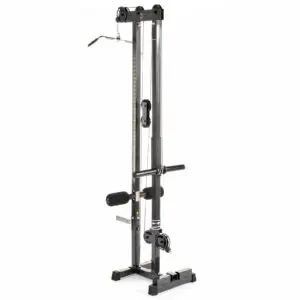
What it takes to make Gym Equipment

How to Build BIG TRICEPS with Cables?

How Heavy Dumbbells do I need?
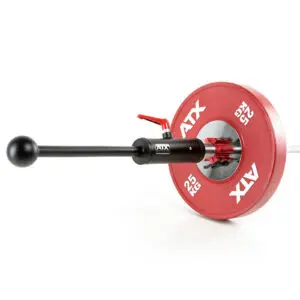
What Happened to the ATX-CAL Club Barbell Attachment?


